Introduction
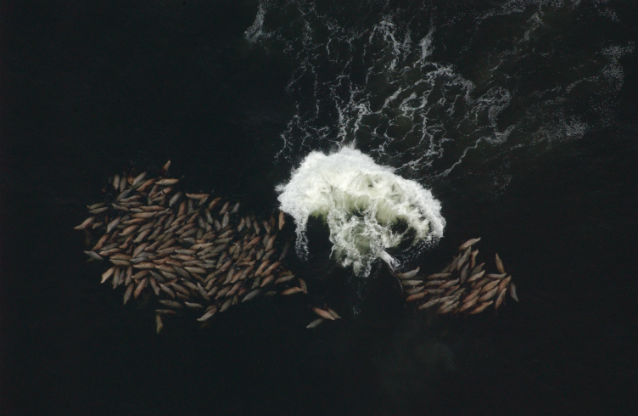
Courtesy J. Womble
Similar to terrestrial environments, marine environments experience short-term pulses in prey availability. Many marine vertebrates (seabirds, whales, and sea lions to name a few) regulary seek out and exploit these pulses of energetic prey.
Forage fishes (small schooling fish) are a type of high energy prey important not only for marine mammals and seabirds, but for other marine fish and invertebrates. In Alaska, forage fishes such as eulachon (Thaleichthys pacificus), Pacific herring (Clupea pallasii), and Pacific capelin (Mallotus villosus) serve an important link in the marine ecosystem. Forage fish transfer energy in the marine food web by consuming plankton (the primary producers in the ocean) and becoming food themselves for top predators. Forage fish occupy an important central position in the food web in the ocean.
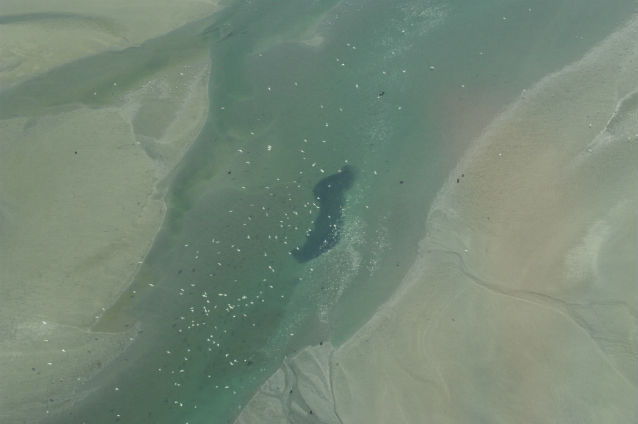
Courtesy J. Womble
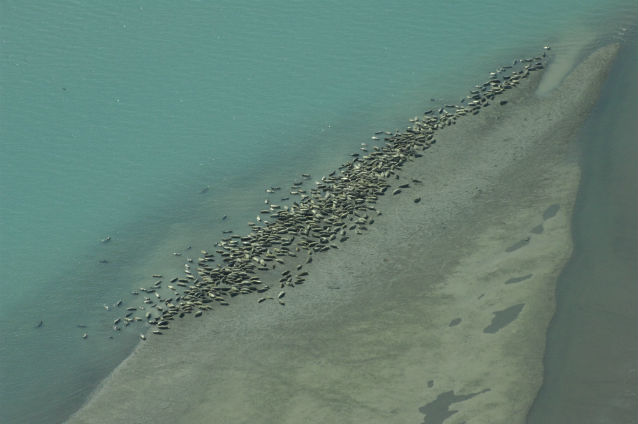
Courtesy J. Womble
Following fish in Glacier Bay
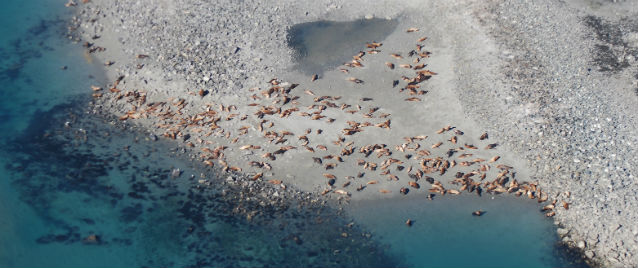
NPS/J. Womble
Steller sea lions move to take advantage of high-energy seasonally available prey resources such as salmon and small schooling fish. Like many other marine mammals, Steller sea lions have high energetic demands in the spring. This is because many females will start giving birth to pups (and begin lactating) and males will fast for months during the breeding season so they can remain onshore to defend their territories. In order to do all of these costly activities, Steller sea lions are usually found near high pulses of high-energy prey species (like herring and eulachon).
A study in SE Alaska found that Steller sea lion haulouts that had the highest numbers of animals were closer to eulachon spawning sites. Additionally, specific haulout sites were occupied at certain times of the year, indicating these prey resources are an important factor in Steller sea lion reproductive success.
The image above was taken during an aerial survey by NPS wildlife biologist Jamie Womble in August 2015. Steller sea lions are aggregated ashore at Point Carolus, a sandy reef at the mouth of Glacier Bay. Jamie estimated ~500+ sea lions at the site. The image shows only a portion of the sea lions, as there was a much larger group scattered along the beach northwest of Point Carolus.
Steller sea lions typically move to Point Carolus during late summer and early autumn in response to Pacific salmon which are migrating through Cross Sound, a primary migratory corridor for salmon entering northern Southeast Alaska from the Gulf of Alaska.
Following fish in Kukak Bay
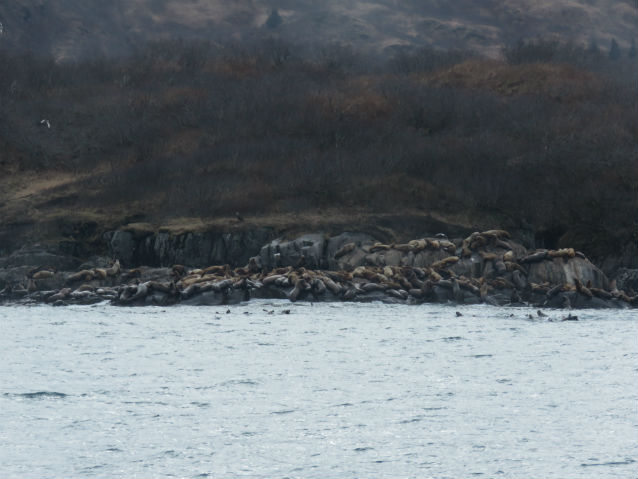
NPS/E. Kunisch
On a recent marine bird and mammal survey in Katmai National Park and Preserve (March 2016), biologists observed thousands of seabirds in addition to more than a dozen Humpback whales and hundreds of Steller sea lions, suggesting an abundant prey pulse in the Kukak Bay area―quite the spectacle to witness!
For More Information
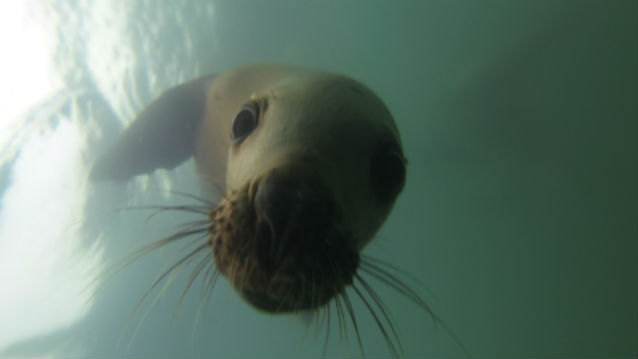
NPS/S. Backensto
Womble, J. et al. 2009. Linking seasonal distribution patterns with prey availability in a central-place forager, the Steller sea lion. Journal of Biogeography. 36: 439-451. Access online.
Willson, M. and Womble, J. 2006. Vertebrate exploitation of pulsed marine prey: a review and the example of spawning herring. Reviews in Fish Biology and Fisheries. 16: 183-200. Access online.
Web article: Erin Kunisch
Updated March 2016
Tags
- glacier bay national park & preserve
- katmai national park & preserve
- kenai fjords national park
- sitka national historical park
- wrangell - st elias national park & preserve
- forage fish
- marine mammals
- prey
- alaska
- eulachon
- herring
- glacier bay
- kukak bay
- ocean alaska science and learning center
- oaslc
- glacier bay research highlights
- science
- glba
- ocean
- resource brief
Last updated: June 23, 2020
